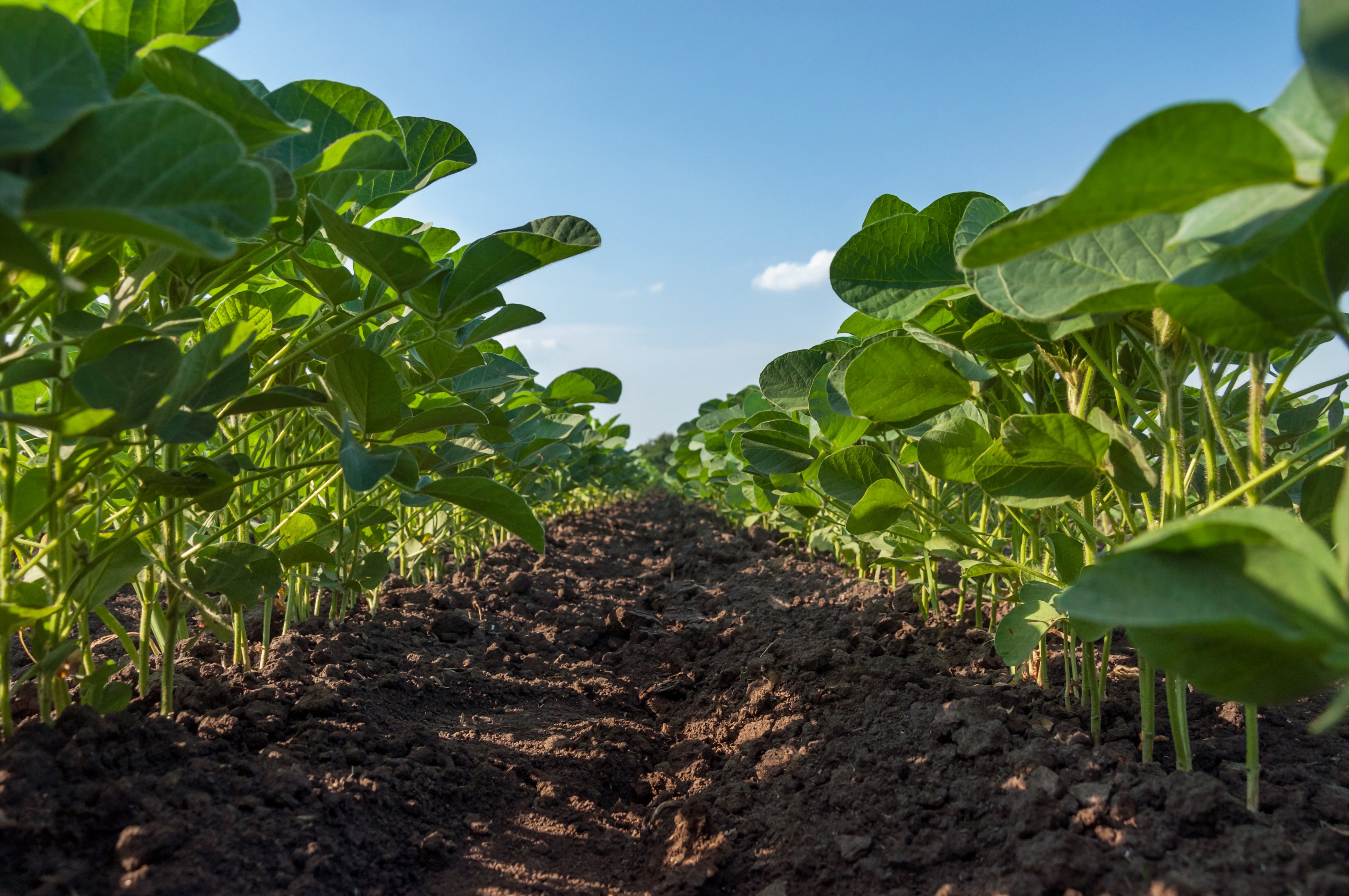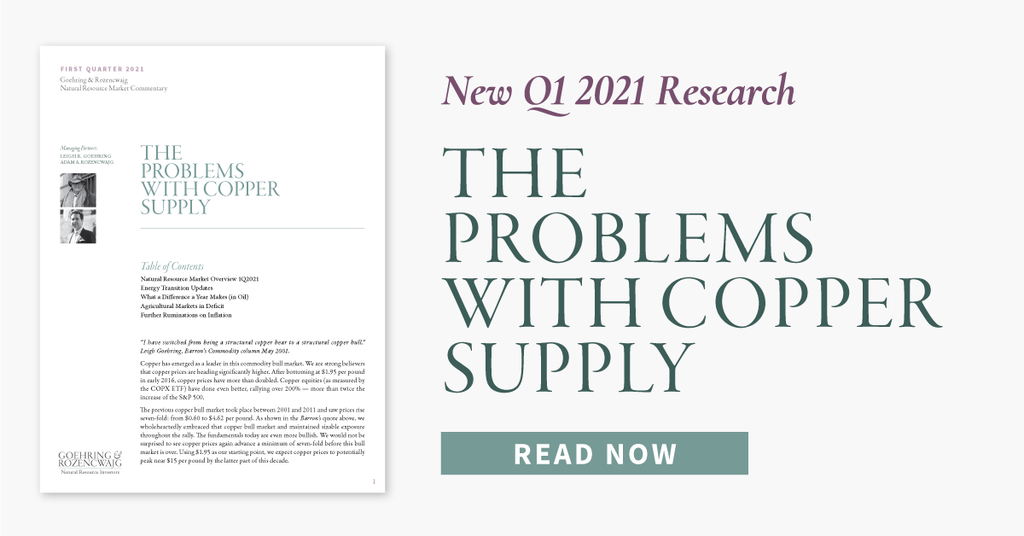Given low ending stocks, both corn and soy are extremely susceptible to any disappointments in plantings, harvest, or weather. As the 2021–2022 season gets underway, problems have already developed. Last year, US farmers originally intended to plant 97 mm acres of corn according to the USDA. However, because of low corn prices, farmers surprised the market by planting slightly less than 91 mm acres. Given today’s high $6 corn price, most agricultural analysts expected US farmers would again plant 97 mm acres of corn. However, the USDA released a shocker in their March 31st 2021 planting intentions report. The USDA now estimates US farmers will plant only 91.1 mm acres of corn, only marginally higher than the extremely depressed 90.8 acres that US farmers planted last year.
While corn planting intensions surprised investors, soybean estimates were much more in line with expectations. US farmers intend to plant 87.6 mm soybean acres, up from the 83.1 mm acres actually planted last year. The combined increase in intended corn and soybean plantings this year reached only 4.8 mm acres, approximately half the 9 mm combined acres expected by analysts.

While last year the USDA revised intended plantings down dramatically because of COVID-19-related issues, it is possible that they will revise the intentions higher because of the recent surge in corn prices. Nevertheless, based on the current preliminary planting indications, it is easy to see the precarious situation grain markets are in today. Assuming farmers plant only 91 mm corn acres, harvest 83.5 mm acres (in-line with historical planted-to-harvested ratios), and yields reach last year’s original yield estimate of 178.5 bu/ac — near all-time highs — the corn crop will reach 14.9 bn bushels or 700 mm bushels higher than last year. Driven by rebounding restaurant beef demand, increases in both US ethanol (from increased driving), and surging Chinese ethanol export demand, we estimate domestic corn demand could return to its historical highs of 12.4 billion bushels, up 300 mm bushels from last year’s depressed levels. Export demand is likely to grow by at least another 100 mm bushels from here given the recent strength in corn export markets, leaving total demand for corn at 15.2 bn bbl.
Even with the most optimistic yield assumptions, corn ending stocks will likely fall by an additional 300 mm bushels, taking inventories to levels last seen in 2012, when corn prices, driven by the extensive US drought, surged to all-time highs. Given our belief that 2021 will see stretches of less than optimal growing conditions, both corn acres harvested and yield assumptions could very well be far too optimistic.
Last summer, a massive wind storm in central Iowa destroyed almost 1.5 mm acres of planted corn, while hot and humid conditions in the Corn Belt in July and August lowered realized yields by a large 6.5 bushels per acre. If less-than-ideal growing conditions emerged again this summer and yields fall by only 3 bushels per acre, harvested corn would fall to 14.6 bn bu leaving corn stocks at 600 mm bushels, well below the levels seen in 2012 which drove prices to $8.50.
Because of higher planting intensions, soybean ending stocks are less likely to reach critically low levels. At the same time, soybean export demand remains extremely strong and so growing conditions will still need to be monitored as we progress through the season.
Weather conditions in large parts of the Corn Belt are already off to a challenged start with large sections of the western US now experiencing a severe drought. In many areas, moisture levels are so low, farmers have indicated planting is not possible at all. At the same time, North and South Dakota are experiencing very dry conditions while sections of Iowa, Illinois, Indiana, Michigan, and Wisconsin are abnormally dry. The current La Nina conditions, coupled with decreased sun-spot activity (a subject we discussed in past letters) raises the probability of disruptive weather during the growing season.
To read more on this subject, we encourage you to download the full commentary, available below.


